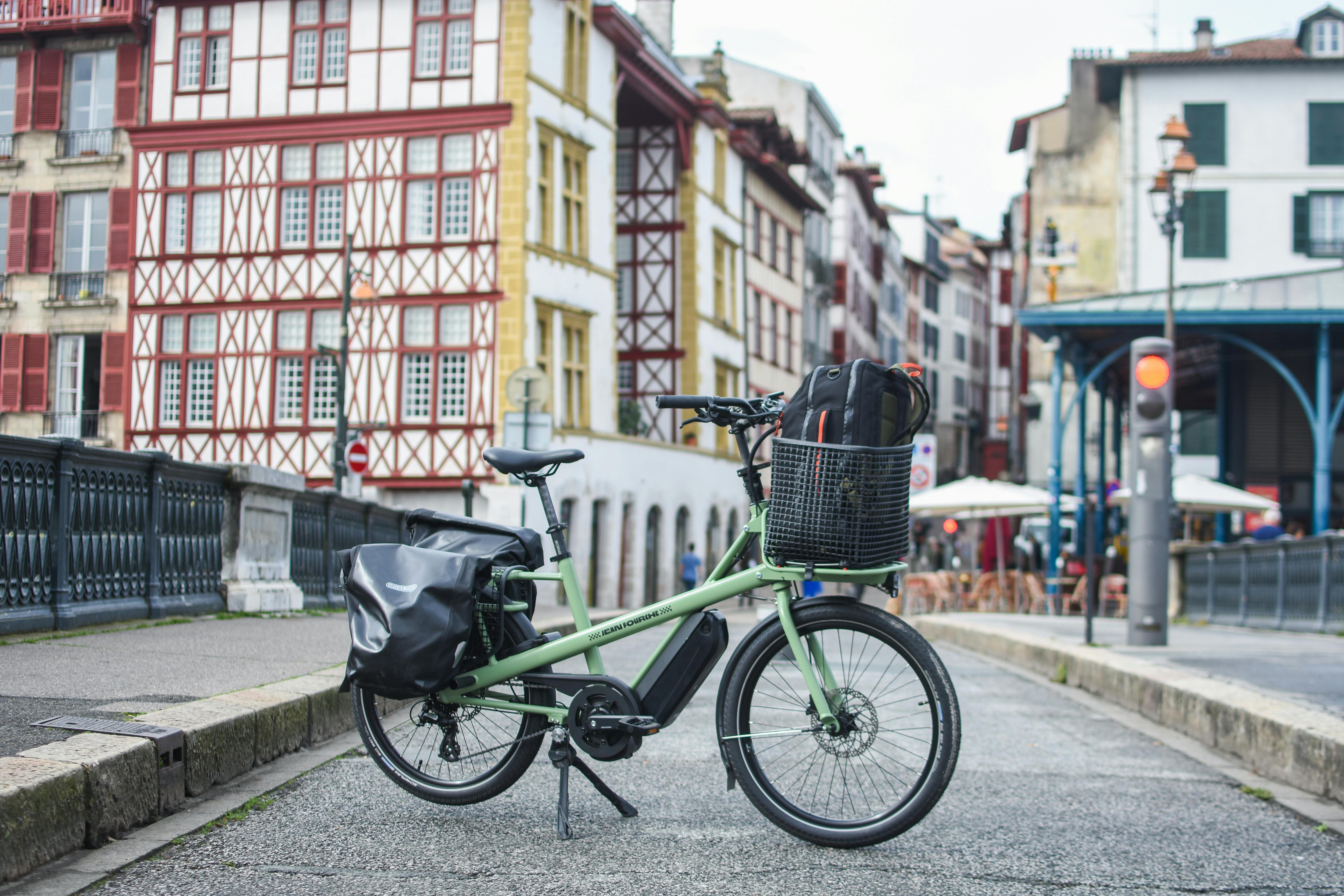Reinventing the Wheel: The Advent of E-Bikes in Tourism
Introduction The world of travel and tourism is ever-evolving, with innovations constantly emerging to enhance our experiences. One such development that's quietly revolutionizing how we explore new destinations is the rise of electronic bikes, or e-bikes. They're not just for city commuting anymore; e-bikes are increasingly becoming a popular mode of transportation for tourists in urban and rural settings alike.

A Brief History of E-Bikes
Electric bikes have been around for a while, but their popularity has surged in recent years. It started as a convenient mode of transport for daily commuters to navigate city traffic. However, the potential of e-bikes goes beyond commuting. It didn’t take long for the tourism industry to recognize this and integrate e-bikes into their offerings.
The E-Bike Trend in Travel
Today, e-biking has become a popular tourism trend, with destinations worldwide offering e-bike tours, rentals, and even custom routes for tourists. This trend is fueled by the growing need for sustainable and healthy tourism options, coupled with the convenience and accessibility that e-bikes provide. Riding an e-bike allows tourists to cover more ground than walking or traditional cycling, making it an excellent choice for sightseeing.
The Advantages of E-Biking in Tourism
E-bikes offer several benefits to tourists. They are easy to use, making them accessible to riders of all fitness levels. E-bikes also allow tourists to explore more remote and less crowded locations that might be difficult to reach by car or on foot. Additionally, e-bikes offer a more immersive experience than traditional tour buses or cars, as riders can enjoy the sights, sounds, and smells of the environment around them.
The Challenges and Impact
However, the rise of e-bikes in tourism is not without challenges. Infrastructure and safety concerns are among the top issues. Many cities and tourist destinations lack the necessary bike lanes and regulations to ensure the safety of e-bike riders. Despite these hurdles, the impact of e-bike tourism is largely positive, promoting active travel and reducing carbon emissions.
Intriguing E-Bike Facts
- E-bikes can reach speeds of up to 28 mph, making them a fast and efficient mode of transport for tourists.
- China is the largest market for e-bikes, with over 200 million e-bikes in use.
- E-bikes can help riders burn calories. While they might not burn as many as traditional bikes, the pedal assist feature encourages people to ride longer and more frequently.
In Conclusion
E-bikes are a game-changing innovation in the travel and tourism industry. They offer a unique combination of convenience, accessibility, and sustainability, making them an attractive option for modern tourists. While there are still challenges to overcome, the rise of e-bikes in tourism is a testament to the industry’s ongoing evolution and commitment to providing diverse and enriching travel experiences. As we continue to explore new horizons, e-bikes are likely to play a significant role in shaping our adventures.






